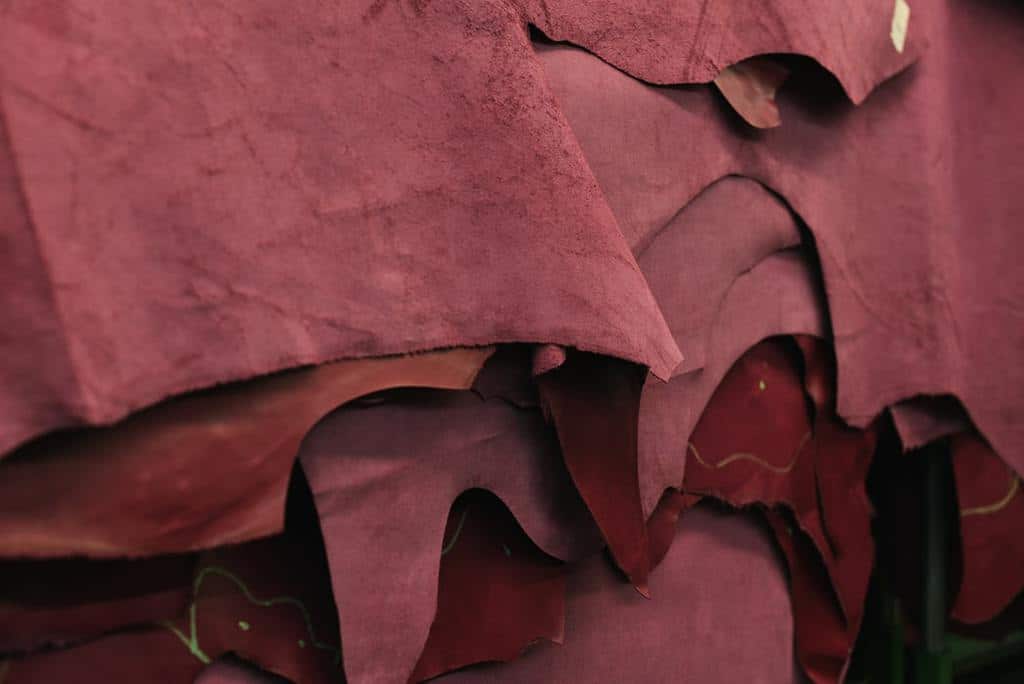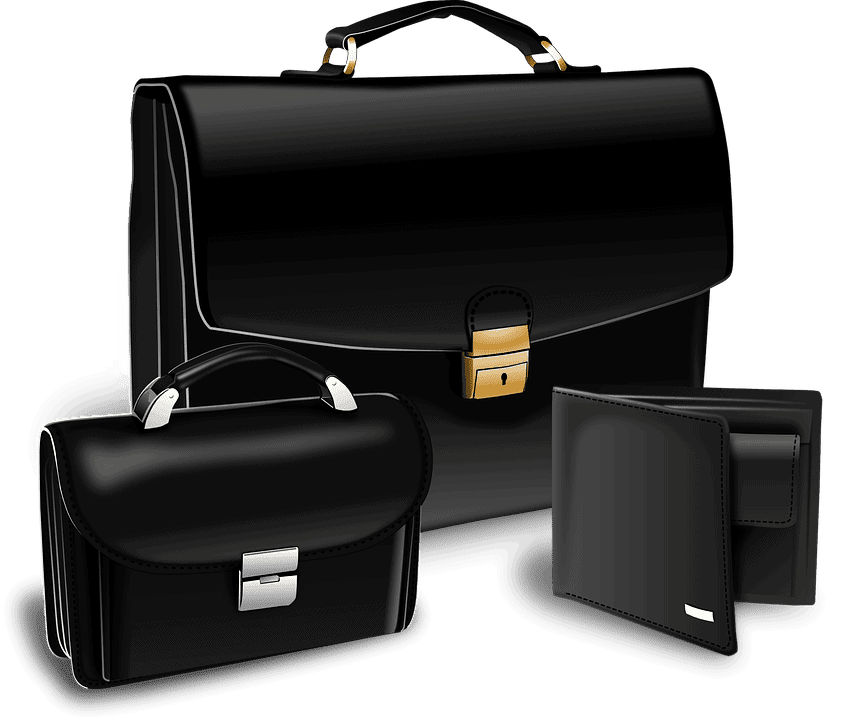Leather has long been a hallmark of fashion. It is a durable material that fits many different styles, from rugged country looks to professional business apparel. The leather briefcase, specifically, has existed since the late 19th century. It is a quintessential element to any professional look and a great travel companion. Now that leather has made its way into such a plethora of brands, it’s important to know what makes quality leather and how to take care of leather goods such as briefcases.
History of the Briefcase
Various forms of the briefcase have been around since the 14th century. Before it took on the narrow, rectangular look it has today, it was formatted in a satchel-like shape. They acted as pockets to contain wealth and other objects of importance because clothing at the time was pocketless. Leather bags were so popular for housing items that everyone from soldiers to schoolchildren were using them. As with all things, the leather bag industry evolved and transformed as the aristocracy took an interest in fashion and the bag’s ability to hide numerous secret compartments. In the 17th century, clothing-acquired pockets and leather bags fell out of favor with men. However, they were still a popular fashion item for women and the wealthy. The leather briefcase was, at the time, better known as the lettercase. As the name implies, it was used to carry documents of importance. The 19th century breathed new life into leather bags because more people were traveling and going farther; thus, bags were once again valued. Briefcase-like leather bags became highly popular with the white-collar workers who used the bags to carry documents to and from their places of work. By the late 19th century, designer labels began to release must-have designer briefcases. Currently, briefcases are just as much about making a personal statement as they are about utility.
Types of Briefcases
Briefcases come in three main colors: black, brown, and tan. While variations of these colors exist, briefcases don’t tend to move outside this color range. Black and brown are best for professional settings as they are sleek and symbolic of power. Tan is often a casual color used in informal environments. Beyond color, business situations often require different types of briefcases depending on what the businessman is carrying. There exist several diverse briefcase types, allowing a businessman to choose whatever is most suitable for his lifestyle.
- Attaché
The attaché is basically the traditional briefcase. It is a favorite among businessmen because it is created to have the most capacity and it has a very professional aesthetic.
- Traveling Briefcase
Traveling briefcases are perfect for people who take frequent trips. It is made sturdier than the traditional briefcase and comes with wheels and a long handle for ease of movement. The larger shape allows the briefcase to be used as an overnight bag for business trips.
- Portfolio
A thinner briefcase than the attaché, the portfolio comes with a handle to make it fairly portable. This basic briefcase allows enough room for bulkier items while maintaining a sleek, professional appearance perfect for business meetings.
- Padfolio
The padfolio is meant for carrying only documents of importance. It is made to be carried in the hand or beneath the arm and the compact qualities make a great impression of focus and preparedness.
- Messenger Bag
Messenger bags are the most casual briefcases, equipped with a shoulder strap for versatility. They are popular among students because they are easily portable and spacious. These qualities also make for wonderful travel bags.
Looking for Quality Leather Briefcases
A general rule of thumb, when looking for quality leather, is knowing that “genuine leather” is synonymous with low-quality. While it technically is real leather, it is made from the weakest part of the hide and is prone to aging badly. If a leather good does not mention what type of leather was used in its creation, it’s best to steer clear. A lack of clear labeling often means the leather in question is very low quality. The quality of leather is the most significant thing to look for because it determines durability. Leather labeled as “full-grain” is natural leather that hasn’t been coated or altered from its natural state. When looking for good quality leather, look for “full-grain” leather. In some cases, a good trick to use when looking for quality leather goods is checking the zipper quality. Zippers, clasps, and rings are often the first things to break if the materials are cheaper and weaker. Brass hardware tends to last the longest and adds a clean look to the leather. Lined interiors add to the overall durability. Always make sure to check the size and weight of the briefcase. Often, briefcases are carried around daily. They should not be a strain on the body and should match the lifestyle of the individual. The formal businessman would do much better with a thin and sleek briefcase that stays out of the way and has ample room for documents and a laptop. A more rugged style can go for leather briefcases that have belted compartments and a wider appearance. Of course, it is also necessary to look at the price as well. It is always smarter to invest a little more money in a higher-quality object that lasts. Cheaper items fall apart quickly and must be replaced frequently. Investing in a well-known brand can also garner respect in professional situations where overall appearance is a factor.
A Touch of Personality
Whether it is used in a professional or informal setting, briefcases are an accessory. As with other accessories, briefcases reflect the personality of the owner. A large part of style is comfort. If a bag feels like it doesn’t quite fit the overall look, keep searching! A leather briefcase is an extension of the man who is holding it. Shoulder strap vs. handle, black vs. tan, sleek vs. rugged: it is essential to understand what makes the most sense for your lifestyle. Leather is versatile yet complicated. Having all the information significantly narrows down the list of contenders. To properly find and care for a leather product, there is a long and dynamic history to learn and understand.



